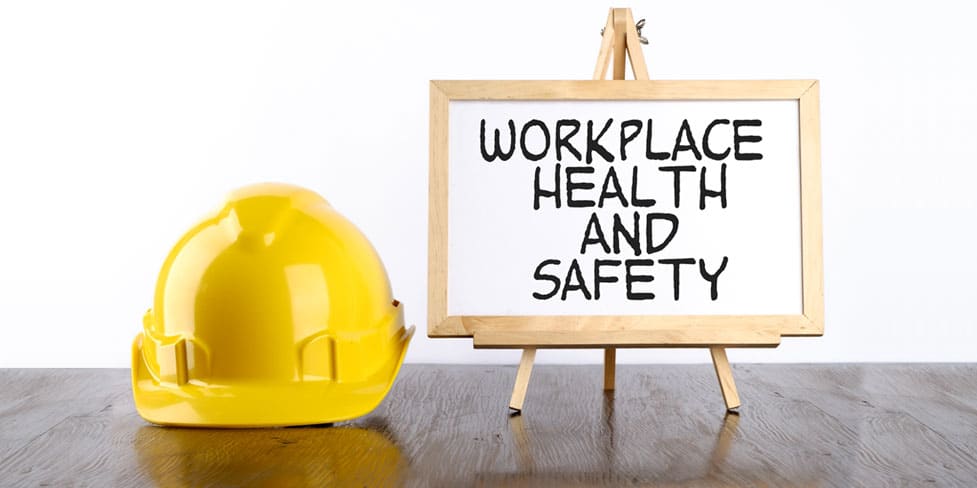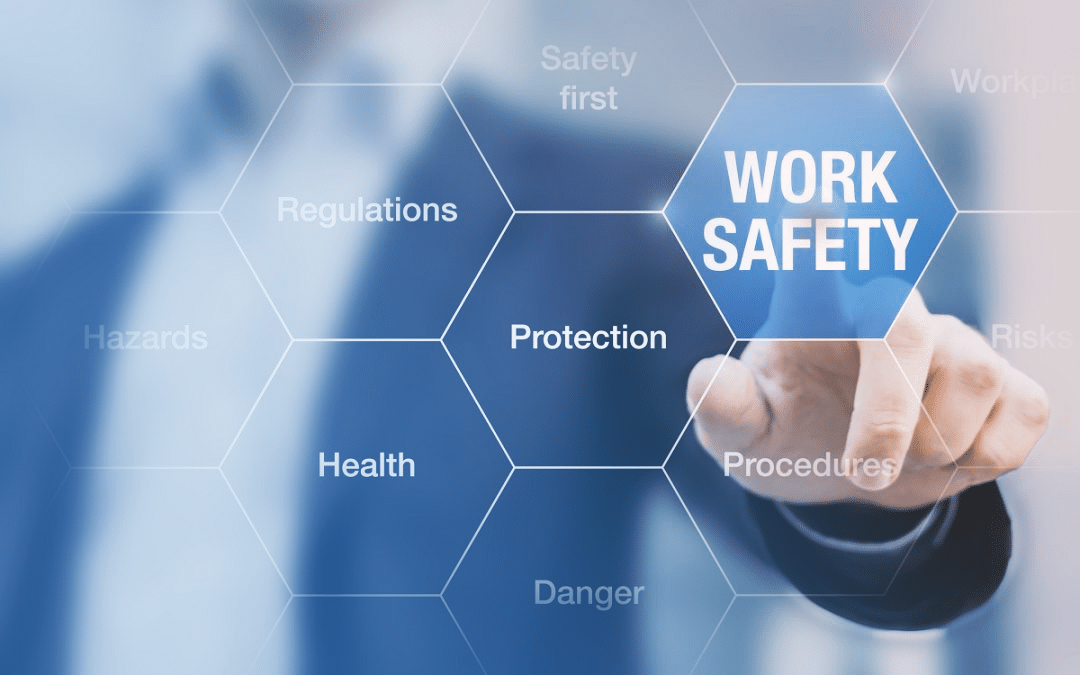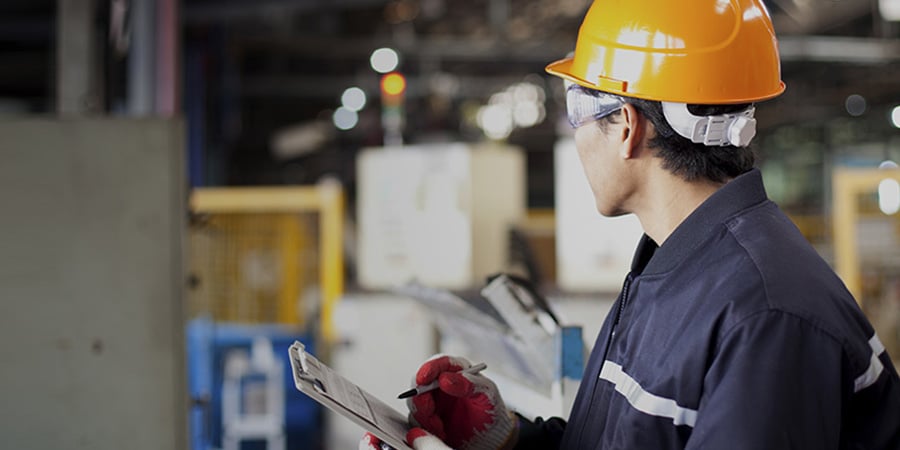
Monica is a full-time university student from September to April. She spends her summers working at a neighbourhood pool that employees about 30 other people. As she had been working at the pool for a couple summers already, she has recently been assigned to manage adding chemicals to the pool. Whenever Monica goes to deal with the chemicals, she feels uncomfortable for two reasons. The first is that she does not know exactly what to do, as she never received any formal training. The second is that she does not think that she has been given the appropriate equipment to handle the chemicals. Monica wishes that she could turn to someone at work, to listen to her concerns and suggestions, so that circumstances might change.
Have you ever held a job in the past where you felt uncertain about your safety when performing a task? Did you feel like maybe you were missing important training, or that your general health was at risk? If you can think of an occasion like this, then you are certainly not alone. It is all too common for employees to be asked to perform tasks that they are not necessarily comfortable with. There are many tasks that can relate to potential health and safety concerns, such as:
- Frequently handling chemicals
- Operating vehicles
- Carrying heavy objects
- Working in hot or cold environments
- Loud noises
- Working around electricity
- Working around explosives
- Improper ergonomic equipment
To better the balance between employer expectations and employee comfort, it is necessary that workplaces establish systems to balance the need for proper health and safety procedures and tasks that are necessary to have completed. Employers can create such systems by using joint health and safety committees.
What is a joint health and safety committee?

Sometimes known by similar, but varying names, a joint health and safety committee (JHSC) exists to act as a place for labour and management representatives to voice their own specific concerns. Employees that perform niche tasks have their own distinct viewpoints about how their job can be improved health and safety wise. Management has concerns about policies and procedures, not to mention delivering on bottom lines. There is almost always a compromise that works for both camps and results in a workplace that promotes good health and safety practices.
An employer is responsible for establishing a joint health and safety committee. The committee will possibly manage a handful of items:
- Potential workplace hazards
- Workplace risks that could cause injuries, etc.
- Programs that protect employees
- Health and safety complaints and recommendations
- Enforce the recording of incidents
- Manage the way hazard reports are handled
- Programs that train employees
- Participate in health and safety investigations
- Consultations with experts
- Employee issues with work hours
- Programs dealing with safety
Why is health and safety important?
Ignoring the possible legal complications that could beset a company that does not follow the appropriate health and safety regulations in their jurisdiction, there are also many moral and beneficial reasons to respect health and safety. It is unreasonable to ask someone to perform a task that you yourself would be unwilling to do because of safety concerns or risk to your own health. If there is a task that must be completed, then it is especially important that employees receive the training and education that they require so that they can do their job as safely as possible. Employees who notice that their employer cares about their well being are more likely to stay at their job and even talk positively about the company, creating a good reputation for the company. The same cannot be said for the reverse scenario. Keeping trained employees means that an employer does not need to go through the training process again with fresh recruits, to only have them leave just as their predecessors did.
As an employer, why have a joint health and safety committee?

If you have at least 20 employees, the number one reason to have a committee is because it is the law to do so. In Ontario, an employer needs to have a committee of at least two people if they have 20-49 employees. If they have 50 or more employees, then the number of people in the committee needs to be at least 4. Half of the committee can be made up of representatives for labour, and the other half can be management representatives. There should never be more management representatives than labour representatives in any situation. Other than reasons having to do with the law, a joint health and safety committee is beneficial because it promotes diversity in a company. With a diverse committee, communication becomes significantly easier, and that brings many positive traits to the company. These can include:
- Increased innovation
- More experience
- Reduced language barriers
- Increased contentment with task completion
- More problems being solved
Employees will feel as if their own unique concerns are being listened to, and the quality of their work will therefore possibly improve. There is the added benefit that the total number of claims related to health and safety will dwindle, and employees will also have a means to understand the motivations of management. The numbers mentioned above are minimums for committee members, but employers can have more people in their committees if they should so choose. This would make a lot of sense in larger companies, where employees are more likely to feel like a cog in a machine, and a larger committee would act to lessen this feeling. One of the main goals of a health and safety committee is to get as many employees as possible familiar with proper health and safety practices. To do this, it is important to include representatives from various sectors of the company, so that they might go back to their colleagues to spread the knowledge that they have picked up.
As an employee, what can a joint health and safety committee do for me?
In addition to becoming informed about the motivations of management, employees can also receive some other benefits by working in a company that uses a strong joint health and safety committee. Employees will always have representatives to voice their concerns in a fair environment, and they will have a dedicated group of people to manage more specific, personal matters like complaints or hazard reports. If an employee wants to have a stronger presence in the company, then they might even want to consider trying to join the committee so that they can represent those that are most like them in the company. If they do not remain in the committee long term, then they can still carry away with them the knowledge and insight that they gained while being a member. Ultimately, the bottom line is that an effective committee will lessen the amount of unsafe or unhealthy tasks that you might be asked to perform as an employee.
How can I learn more about joint health and safety committees?

If you are interested in learning more about joint health and safety committees, or you would like formal acknowledgment of your knowledge on the topic, then it makes sense to look into getting a joint health and safety committee certification. This joint health and safety certification will go over:
- The definition of a Joint Health and Safety Committee
- When a JHSC is required
- The committee member selection process
- Committee roles and responsibilities
- The scheduling, agendas and conduct of meetings
- Record keeping
- Committee member inspections and investigations
This course, intended for anyone from workers to mangers, is available to complete on your computer or mobile device at your own pace. Upon the successful completion of this JHSC certification, you will receive a digital certificate acknowledging that you know all about joint health and safety committees!






